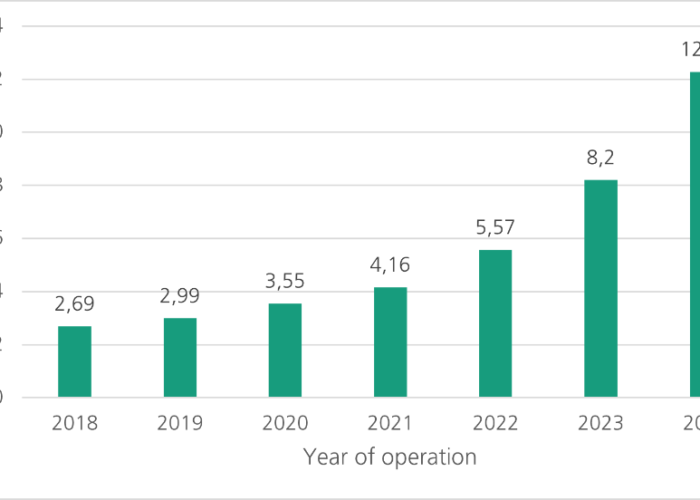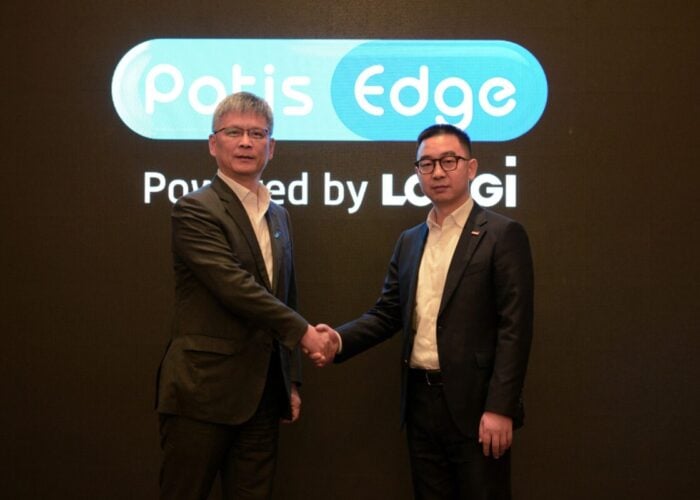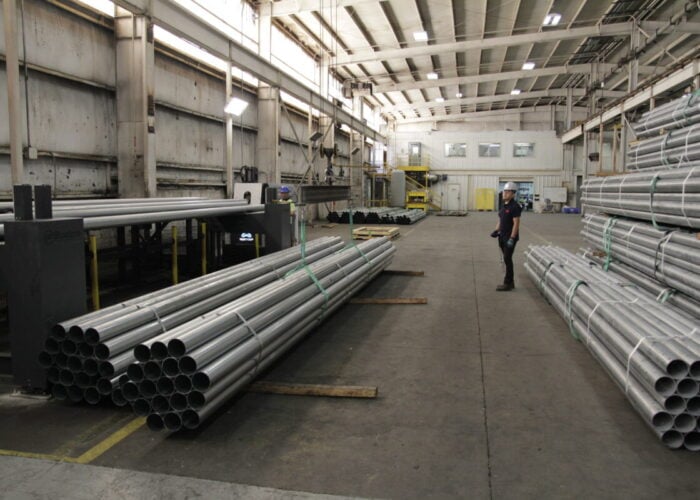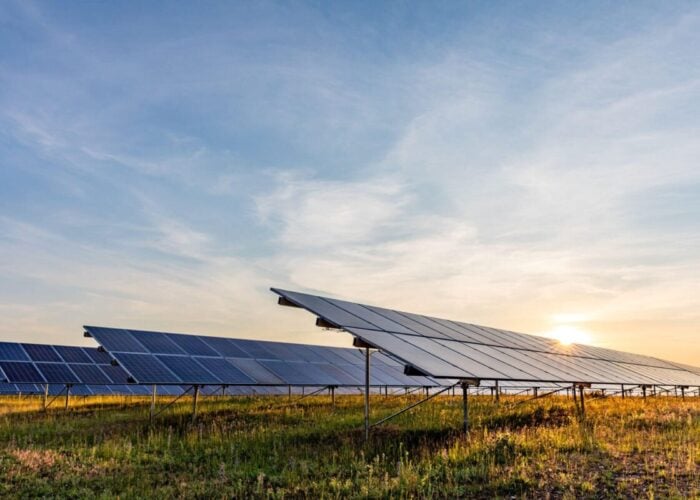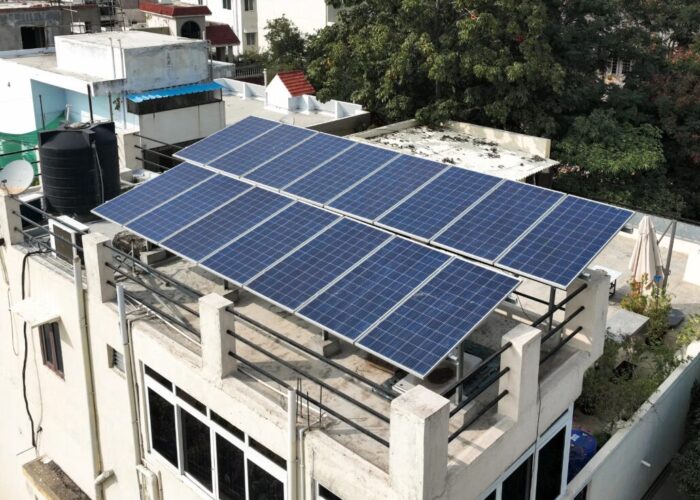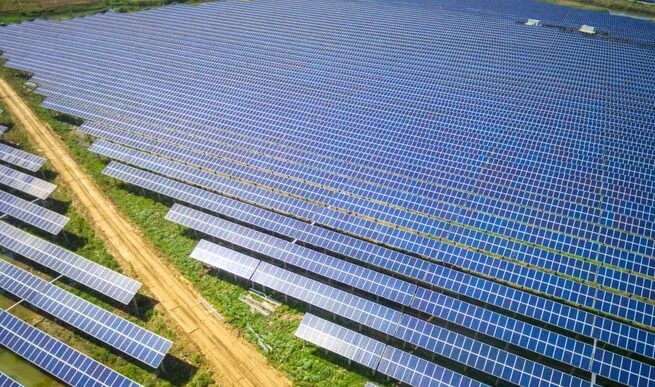
Australia’s minister for climate change and energy, Chris Bowen, has announced plans to streamline the Capacity Investment Scheme (CIS) tender process to around six months.
Announced at the start of Australian Energy Week in Melbourne, Bowen revealed that the CIS will transition to a one-stage tender process, compared to the scheme’s current two-stage process.
Try Premium for just $1
- Full premium access for the first month at only $1
- Converts to an annual rate after 30 days unless cancelled
- Cancel anytime during the trial period
Premium Benefits
- Expert industry analysis and interviews
- Digital access to PV Tech Power journal
- Exclusive event discounts
Or get the full Premium subscription right away
Or continue reading this article for free
This change is estimated to reduce the time to finalise the tender outcomes from nine to six months.
Bowen said in his speech that the government would continue to optimise the scheme, admitting that it must overcome several hurdles.
“The beauty of the CIS is that it provides the industry investment certainty, but also that we can learn and improve it as we go, as we will continue to do,” Bowen said.
“The sector still faces social license challenges, workforce constraints, and approval times. Together with the states and the industry, we are working to alleviate these constraints. Ensuring community benefit is built into CIS contracts has been fundamental – and we’ll keep improving that.”
Since its introduction, the CIS has spearheaded the growth of Australia’s renewable energy generation and energy storage fleet. Several of these tenders, both at a national and state level, have been oversubscribed.
For instance, the first auction of the CIS sought to secure 6GW of renewable energy generation in the National Electricity Market (NEM), which spans Australia’s eastern and southern coasts and the island state of Tasmania.
The round saw 40GW of bids registered, with 27GW of “very high quality” bids going through to the next stage. Because of the oversubscribed round, the federal government has increased the amount of capacity it is seeking to 10GW in the NEM, with 4GW of dispatchable power and 6GW of renewable energy generation.
Bowen said that the latest tender round was oversubscribed nearly three times, with 16.5GW of projects having registered their interest, with the government having sought 6GW.
For reference, the CIS aims to unlock the “record levels of investment” required for Australia to attain its 82% renewables by 2030 target, aiming to deliver 32GW of renewable energy and energy storage capacity.
Specifically, 23GW of this figure will be renewable energy generation, while 9GW will come from dispatchable capacity, such as battery energy storage systems (BESS).
Bowen explained that, to date, the government has launched six tenders worth more than half the total required capacity, 12.3GW of generation and 6GW (24GWh) of dispatchable, which will support a capital investment of AU$37 billion (US$24 million).
The energy minister added that many of the bids in the most recent CIS were for hybrid generation and storage projects, which delivered an additional storage capacity of over 20GWh for the NEM.


